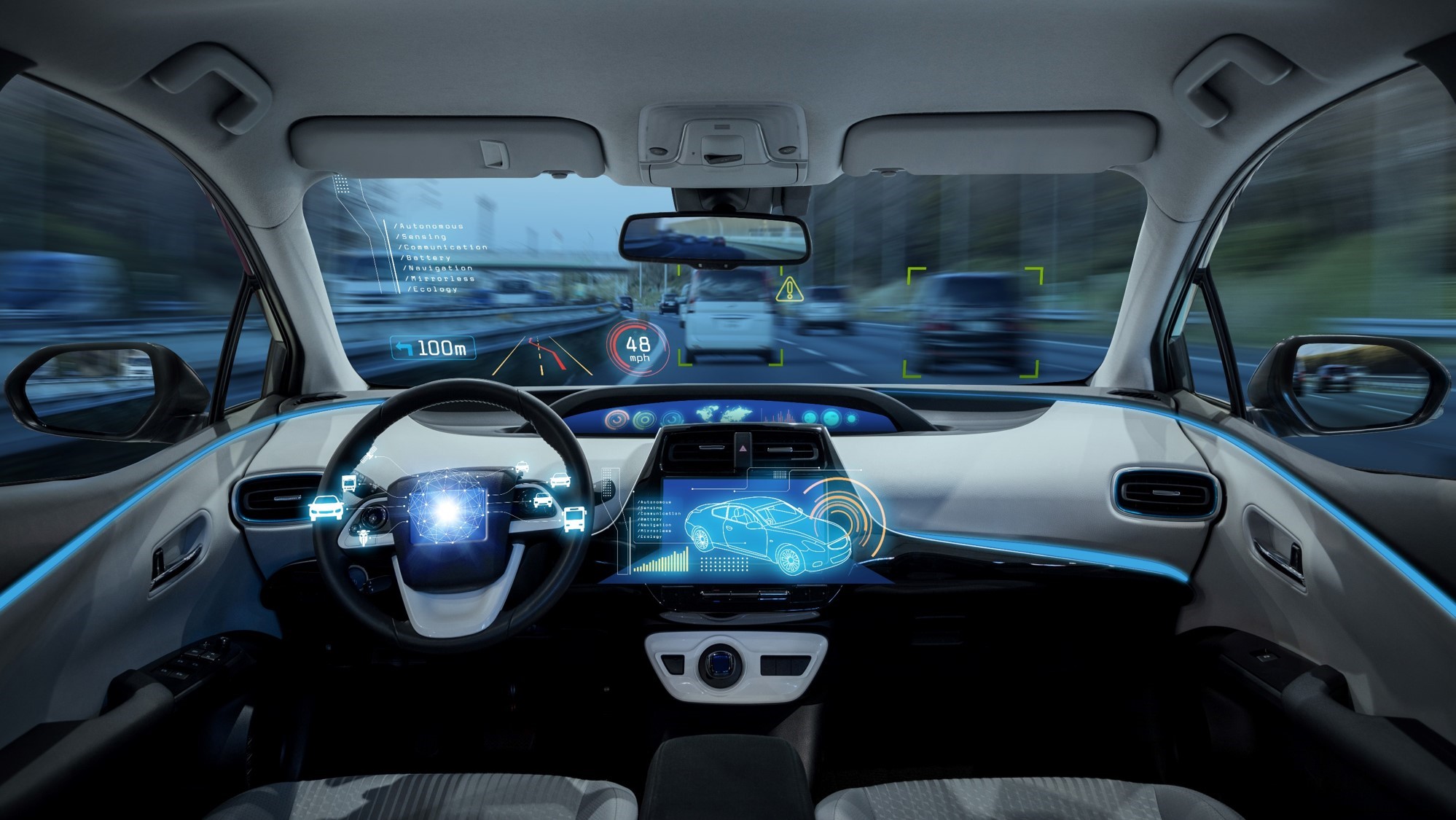Automakers sprint to deliver more onboard software

The automotive conversation has come to be dominated by developing industry challenges and the increasingly rapid pace of change. Recent events, such as the global pandemic, have put even greater pressure on companies to manage new challenges and adapt to rapid change as we move through the coming decade. Greater user demand for vehicle software features is driving an industry-wide shift towards the digital world. Automakers are expanding their engineering effort and expertise into new technology areas, placing many demands on vehicle development teams to deliver exciting and reliable experiences. Software has since come to the forefront of the discussion because it is the driving force behind the growth and business opportunities available in the future of mobility. Software is also critical to modern automotive functionality; powering the features and applications that deliver user comfort, convenience, system control, and advanced driver assistance systems (ADAS) that make vehicles safer on the road.
Is your organization addressing the increasing need for onboard software? Do the developers deliver on schedule and with high quality? Does the integration of software into the vehicle proceed smoothly? Many automotive OEMs are currently facing these questions and seeking ways to improve their software development processes to enable fast, accurate and high-quality software delivery.
The digital transformation challenges that are facing the automotive industry necessitate a new approach to support next-generation vehicle features and mobility solutions. Software development must be more tightly integrated with the rest of the vehicle. With an integrated approach, insights on complex software designs can be gained with a closer look at implementation, integration, verification and validation in the context of the entire vehicle. Automakers can also support a semantically rich vehicle architecture that enables rapid delivery of high-quality onboard software supporting all vehicle variants. Furthermore, such a development process enables earlier design feedback, increased re-usability, and reduced integration and testing time.
Automotive software regulations now demand improved traceability, from the definition of vehicle requirements through writing code and software testing. There is a compelling need to deliver better designs from the beginning, and to make it easier to gather the necessary evidence for certification according to relevant safety standards. Developing a high-fidelity architecture model allows analysis to be completed before proceeding into implementation. Car makers therefore can ensure that the software specification is consistent and complete in advance, ensuring designs are robust from the beginning. This level of precision is possible with contract-based embedded software engineering.
You can learn more by reading our new whitepaper “Applying an architecture-driven approach to onboard software design”. This paper takes a deeper look at how embedded software development in the automotive industry can be transformed with an architecture-driven approach. Through such an approach, OEMS can take greater control over embedded software development as it becomes increasingly important to the competitiveness of a vehicle.
You might also find these interesting:


